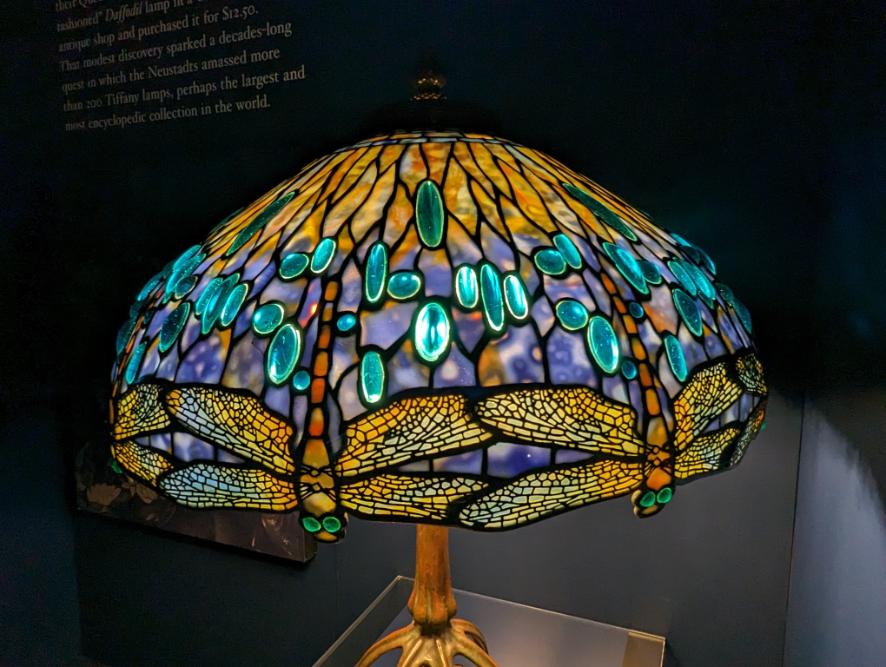Today is the feastday of Mary, Mother of the Church:


It’s also “in other years” – the memorial of St. Bernardine (Bernardino) of Siena:
At 22, he entered the Franciscan Order and was ordained two years later. For almost a dozen years he lived in solitude and prayer, but his gifts ultimately caused him to be sent to preach. He always traveled on foot, sometimes speaking for hours in one place, then doing the same in another town.
Especially known for his devotion to the Holy Name of Jesus, Bernardine devised a symbol—IHS, the first three letters of the name of Jesus in Greek—in Gothic letters on a blazing sun. This was to displace the superstitious symbols of the day, as well as the insignia of factions: for example, Guelphs and Ghibellines. The devotion spread, and the symbol began to appear in churches, homes and public buildings. Opposition arose from those who thought it a dangerous innovation. Three attempts were made to have the pope take action against him, but Bernardine’s holiness, orthodoxy, and intelligence were evidence of his faithfulness.
General of the Friars of the Strict Observance, a branch of the Franciscan Order, Bernardine strongly emphasized scholarship and further study of theology and canon law. When he started there were 300 friars in the community; when he died there were 4,000. He returned to preaching the last two years of his life, dying while traveling.
I’m sure there are other collections out there, perhaps some with more contemporary translations, but this is one I grabbed from archive.org. It’s worth your time. If you’re interested in that sort of thing. They give you an intriguing snapshot of the time, for these sermons were, of course, not being given during Mass, but outside of it, probably outdoors, to the entire community, wealthy and poor. He uses examples from all walks of life, from bakers to shoemakers to farmers, and has great concern for local political squabbles.
Weirdly, this painting of St. Bernardine of Siena is in our very own Birmingham (AL) Museum of Art.
Sermon 28 is on vanity. It’s applicable to the present moment, perhaps not in every particular, since social morays and cultural expectations do change over time, but in the basic spiritual orientation, largely neglected today, even in the self-consciously Christian world.
This lengthy sermon goes all over the place and reflects, of course, his time – a time in which social and economic class and position were reflected in dress, sometimes by local law (called sumptuary laws). So there is a touch of that in this sermon – attempting to punch above your weight with your clothing is a manifestation of vanity – but just a bit. More important to Bernardine is the message that attempting to draw attention to oneself and using clothing as an indicator of wealth and privilege is vanity, and therefore sinful.
It’s also unjust – for example, the source of dowries:
… whence come these possessions, whence come these garments, of what is her dowry made up ?
For many times, and most times, it is made up of robbery, of usury, and of the sweat of the brow of peasants,, and of the blood of widows, and of the marrow of wards and orphans. “Who would take one ‘ of those petticoats and squeeze it and wring it, would see issue therefrom the blood of human beings. Woe is me ! Do you never think how great cruelty is this, that thou shouldst dress thyself in garments that this man hath gained for thee, who perisheth with cold? …..
The first of the other five is called superfluity: The first of the whereas you must reflect that when God gave the garment of skin to Adam, he gave it to him out of decency, and to protect him from the heat and the cold, so that it might be fitted to his needs, and in this all the holy Doctors agree; and he had one only and no more. thou who hast so many of them, and keepest them in a chest, see to it, forsooth, that they be not moth-eaten; see to it that thou dost put them out in the morning sun to air, and shake them well, and look to them often. And now weary thyself in such work as much as thou wilt, yet shalt thou not be able to hinder but that moths shall consume them, since that the garment which is not worn, is always spoiled; and that which is spoiled is a loss. Go, then, and give an account of this in the other life. And because of this said Saint James in the fifth chapter of his Canonical Epistle : Vestimenta tua a tineis contesta sunt – Your garments are moth-eaten; and if they are not consumed by material moths, yet they will be consumed by spiritual ones.
Knowest thou what are spiritual moths ? They are cursed avarice. Tell me, whence cometh it, that thou dost weary thyself with so much work all the year for these, and dost never wear them? Thou dost weary thyself all the year, shaking them and hanging them up on poles; and a poor woman standeth yonder and doth freeze with cold, because that she hath not even so much clothing as she hath need of. What thinkest thou that her shivering doth cry out to God in respect of thee ? ….And thou lookest on at the poor man who doth perish with cold, and thou takest no heed thereof. Thou dost not hear any sound of cries, forsooth. Knowest thou why ? Because thou sufferest not from the cold; thou dost fill thy belly with good food, thou dost drink thy fill, and thou hast many garments upon thy back, and ofttimes dost thou sit by a fire. Thou takest thought for naught else: with a full belly thou art comforted in thy soul. And how many shirts, women, have you sent down here to those unfortunate prisoners, eh ?
He goes after fashion trends and the obsession with following them:
In very truth if I might prevail he should make no new fashions! for do you not perceive that this is the destruction of your city ? I would add for you this as well : that he who doth make them, and she who doth wear them, and she who doth cause them to be worn, doth sin mortally each and every time; but far more the tailor, who doth bring in such a fashion: for with this sharpening of his wits he is the occasion of much evil: and this they do, forsooth, to gain thereby.
The sermons of a saint are not magisterial, of course, but if you are familiar at all with the warp, woof and content of Christian spirituality from apostolic times, you see the consistent place that austerity, simplicity, modesty, self-denial and effacement have in the ideals to which all these teachers point. The wealthy might not be told to outright abandon their wealth, but they are also held to the same standards of modest, simple living as the rest of the humanity as well as frequently and regularly reminded that their gains are probably ill-gotten.
In short, worldly success is not, in historic Christian spirituality, seen as a reward or a status that protects one from criticism because your identity as a Christian with worldly success makes you a great role model. It’s the opposite. You remember – Camel, needle, etc.
How about this sermon on accumulating stuff and alms.
Now consider for a little that which God doth command us. A very little thing doth he command us. He doth not command that thou should give more than thou canst give. He doth not wish that thou shouldst leave thyself with naught. He saith: Wouldst thou give an alms ? Then give it. Canst thou not give a loaf? No ? Then give a part of one. Canst thou not give wine ? Then give some water which hath -been poured over the lees. If thou canst not give even such wine, then give some vinegar mixed with water. Canst thou not clothe a poor man? No. Give him at the least, as perchance thou canst, a pair of drawers, or a shirt. Canst thou not aid the sick man ? See that thou hast at least pity upon him : have compassion on him, comfort him with words. Canst thou not deliver him from prison? No. Visit him, send him some- times a little soup, and have compassion for him. If thou dost take thought for this, it will be well for thee ! And therefore do I say that God will judge with perfect justice.
In a time in which, in one way or another, the prosperity Gospel reigns, Bernardine – as well as other spiritual writers from the breadth and depth of Christian tradition – serve as a corrective. He preached to mixed groups, to wealthy and to poor, and his words to the wealthy are always about the folly of putting faith in these worldly things and God’s judgment that awaits those who hoard and ignore the cries of the poor.
Following Christ, it seems, is not about mimicking and attempting to baptize contemporary values of achievement and self-fulfillment, but of something more simple and basic: loving as Christ did and treating the gift of life on earth as one to keep giving, poured out as He did.



















































































